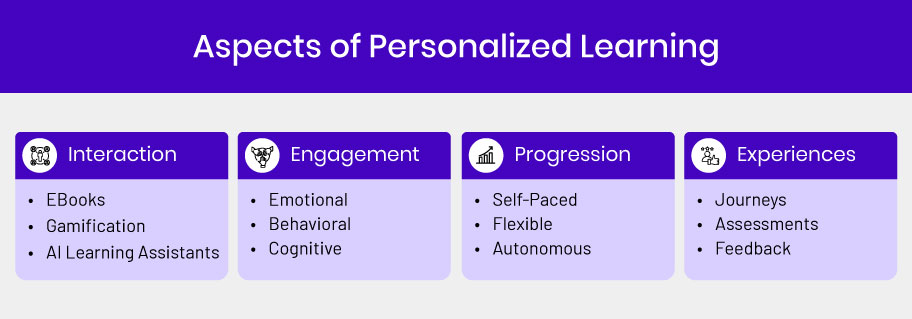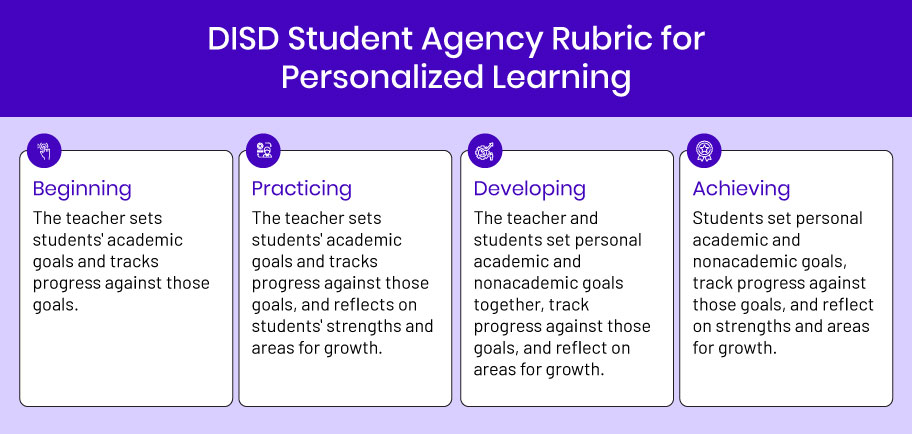
Are Digital Learning Platforms Enhancing Student Outcomes or Just Streamlining Content Delivery?
From the first fully online course in 1984 to today’s comprehensive digital learning platforms (DLPs), educational technology has evolved in leaps and bounds. The global e-learning market is projected to be valued at $2.29 trillion by 2035, growing at a CAGR of 18.621% from 2025. While these platforms improve student engagement and accessibility of quality education, the primary adoption driver remains the platform’s ability to drive academic achievement. AI-powered learning assistants, student analytics, and interactive tools deliver personalized, autonomous, and active learning experiences. It all boils down to whether your digital learning platforms merely makes online content distribution more efficient or positively impacts learning attainment.
The Efficiency Factor: Streamlining Content Delivery
Digital learning platforms began as a mechanism for K-12 and higher education publishers to streamline online content distribution. A combination of tools, such as course authoring and distribution platforms, digital rights management systems (DRMs), and rostering tools, simplified the process of providing secure content access for students and teachers. Well-integrated digital learning tools reduce the administrative burden of manually distributing learning materials, assessments, and feedback. These platforms make learning resources, assessment tools, student data, and reports easily accessible to all stakeholders through a centralized repository. Automation has proven instrumental in freeing administrators and teachers from repetitive and mundane tasks, allowing them to focus on education delivery and adequately supporting learners through their journeys.
The Efficiency Factor: Elevating Student Learning Outcomes
Interactive digital learning tools have been proven to boost student engagement, motivation, and academic achievement. However, as learning ecosystems become more student-centric, this is not enough. Augmenting learning experiences with AI-powered assistants and learning analytics is crucial as the demand for personalized learning experiences grows.


Proof in Practice
A successful example of personalized learning in action is its implementation by the Dallas Independent School District (DISD). The district prioritizes “one size fits one” educational experience. For this, DISD defines a personalized learning rubric to grant more student agency.


DISD maintains comprehensive learner profiles with up-to-date student information beyond academic achievement, including their grades, learning styles, specific assignments, and personal goals. It uses these profiles to monitor and tailor students’ learning paths.
The outcomes of the study highlighted that personalized learning was a powerful technique to improve student achievement. That was before AI entered the education landscape.
Personalization with AI-Powered Learning Assistants
AI-powered learning assistants make immediate support available to learners. They can serve as learning companions, educators, and mentors to offer comprehensive learning experiences. MagicBox™’s KEA, for instance, is a powerful learning assistant that supports students by answering their queries in the absence of a teacher, helping them locate supplementary resources, motivating them, holding discussions with them, and providing immediate feedback.
In addition, AI-powered learning assistants automatically track student interactions. LMSs integrated with ML-based learning analytics tools extract actionable insights from such interactions to enable data-driven learning personalization.
Challenges & Considerations for K-12 Publishers
Despite the benefits, it’s crucial to acknowledge the potential gaps in and desired impact of digital learning platforms. This is because the ease of online content distribution at scale does not directly translate into effective learning. The underlying pedagogy must shift from passive consumption to active student engagement.
To build the skills of the future, such as critical thinking and problem solving, digital learning platforms equipped with AI-powered learning assistants may not be enough. Combining digital tools with well-designed pedagogy is paramount. K-12 publishers must ensure that instructional practices and AI-powered learning assistants are brought together to augment learning delivery, and not replace teachers. Digital learning platforms must not remain constrained to becoming vehicles of content delivery but grow as drivers of interactive, personalized, engaging, and effective education.
Enabling Anytime, Anywhere, Anyhow Learning
Digital learning platforms empower K-12 publishers to do much more than streamline content delivery. Advanced AI-powered platforms simplify access to content for both students and educators, while offering powerful features such as learning analytics, multilingual assessments, real-time feedback, and more to drive better learning outcomes.
K-12 publishers that embrace these technologies are well-positioned to stand out by delivering AI-powered learning assistants, actionable student analytics, interactive tools, and rich multimedia experiences — all designed to support personalized, outcome-driven education.
Speak to the experts at MagicBox™ to elevate your technology strategy from simple content distribution to delivering high-quality educational experiences that boost academic success.
Source link




